The Metamorphosis of Luxury: Beyond Products, Towards Experiences
How AI, immersive tech, and Web3 are reshaping the future of luxury retail
The luxury world is changing. In the past, having a famous bag or new fashion dress was good enough. Now people who like luxury want more than just things – they look for experiences that match with their beliefs and hopes. This change in how consumers behave is making luxury brands reconsider their method, shifting from a focus on products to one that values humanity and experiences.
The front-runners of this change are three main trends: artificial intelligence (AI), immersive technologies and Web3.
AI: Powering Personalization and Efficiency
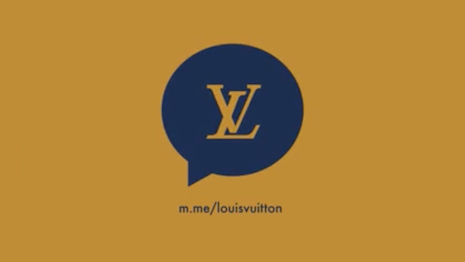
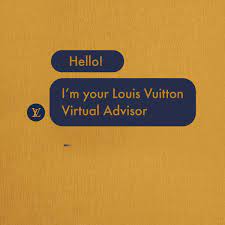
AI is quickly changing the luxury retail field by making it possible for brands to personalize the customer experience in a way that was not seen before. Tools with AI can analyze data about customers, learning what they like and suggesting products or services that match their unique needs. For instance, an AI system could be used by a luxury fashion brand to provide one customer with customized suggestions for shopping such as items which go well together with their current wardrobe or events happening soon matching his/her interests and preferences.
Apart from making things personal, AI is also reducing complexities. Chatbots run by AI can respond to customer questions all the time, allowing human workers to concentrate on giving a more individualized service. Also, AI can help in enhancing logistics and stock management by making sure that appropriate products are present at correct shops and during suitable times.
Immersive Technologies: Bringing Luxury to Life
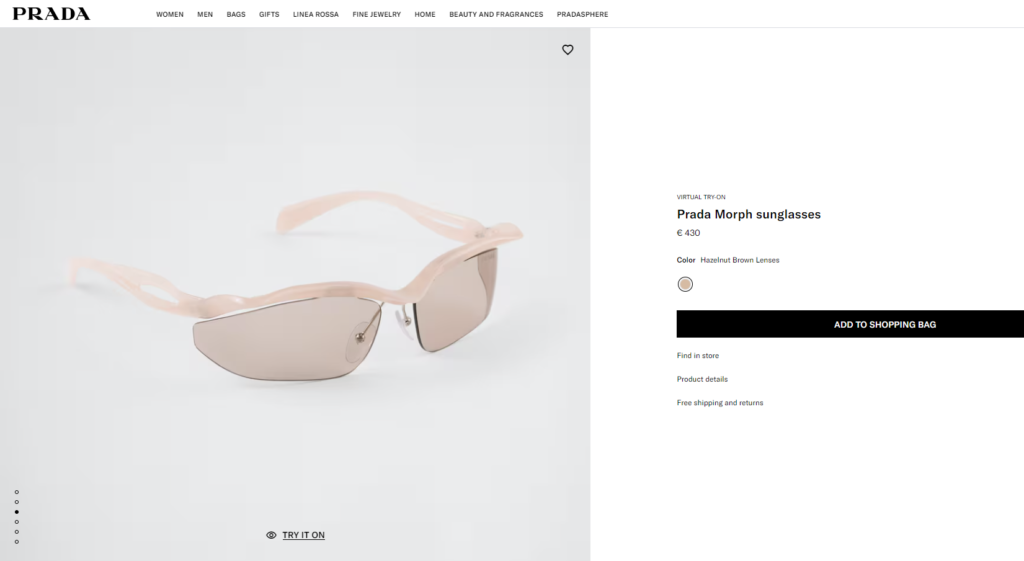

Prada glasses – Virtual try-on www.prada.com
New and exciting methods of customer involvement with luxury brands are being introduced by immersive technologies such as augmented reality (AR) and virtual reality (VR). A customer could virtually try on clothes or accessories using AR, this allows them to see what the item would look like before they make a purchase. Also, VR could transport customers into profound brand experiences like a virtual trip to a fashion show or an insider’s look at the making process of luxurious items. Augmented Reality (AR) has the power to blend digital elements into real life through cameras and screen interfaces on smartphones or tablets. This kind of technology gives luxury brands chances for imaginative marketing activities that involve consumers in distinct methods.. For instance, you could use AR technology in your shop window display by placing signs indicating which products are available for “digital dressing room” experience: this lets shoppers scan these items using their mobile devices’ camera lenses so they appear superimposed onto live views from those same screens – essentially providing potential buyers who have installed appropriate apps access not only detailed information about each piece but also visuals showing how it looks when worn! Virtual reality (VR), on the other hand, is an immersive technology that creates a computer-generated environment which you can explore and interact with using special equipment like headsets or gloves fitted for hands movements tracking purposes. This kind of VR setup allows users to feel as if they are inside different scenarios presented by luxury brands; for example: exploring exotic locations where materials used in crafting high-end products come from – such immersion gives potential buyers more comprehensive understanding about craftsmanship behind these goods thus increasing their appreciation towards final outcome). Furthermore, companies might take advantage of haptic feedback systems linked up alongside VR gear enabling viewers sense details such as texture variations among various fabrics one might encounter while visiting this simulated atelier.) With time passing by, these technologies will evolve continuously providing even more sophisticated interactions between people and things within digital spaces –a trend referred often simply as “XR” standing for extended realities encompassing both augmented reality alongside virtual counterparts together forming unified environment where user experiences blend seamlessly.)
Moreover, these technologies are not only about improving convenience. They bring a human touch to the experience and allow brands to establish emotional connection with their customers. As mentioned earlier, by offering more personal ways for customers to enjoy luxury, this can help in forming stronger relationships and loyalty towards the brand.
Web3: A New Frontier for Luxury
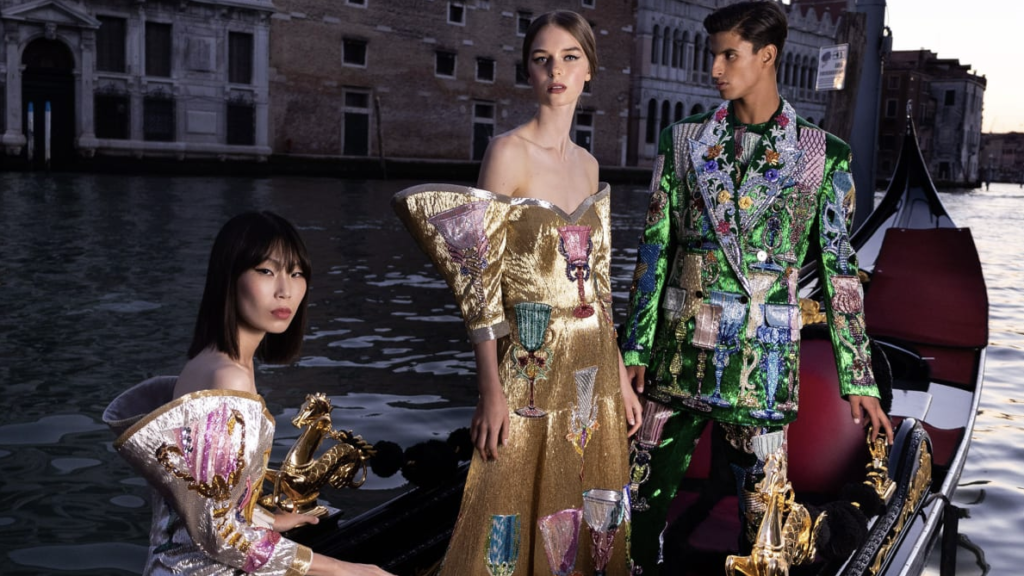
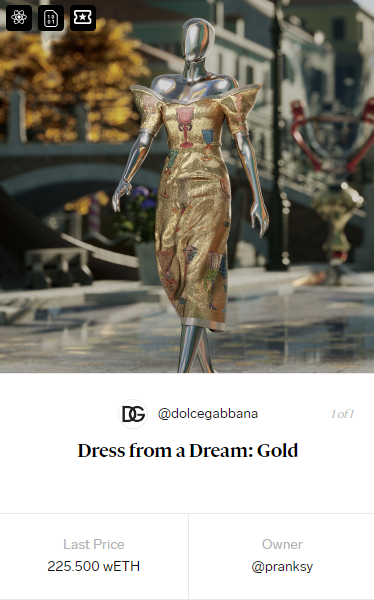
Web3, the internet’s next version, is creating fresh chances for luxury brands. Blockchain technology – a fundamental part of Web3 – can generate unique digital belongings like non-fungible tokens (NFTs). Luxury brands are beginning to try out with NFTs, providing them as special collectibles or means to unlock particular experiences.
As an illustration, a fancy watch creator might introduce a restricted NFT set that provides its owner with entrance to special events or savings on upcoming buys. Web3 can also change the way customer trustworthiness plans work, making them more interesting and beneficial for those who buy luxury goods.
The Human Touch Remains Essential
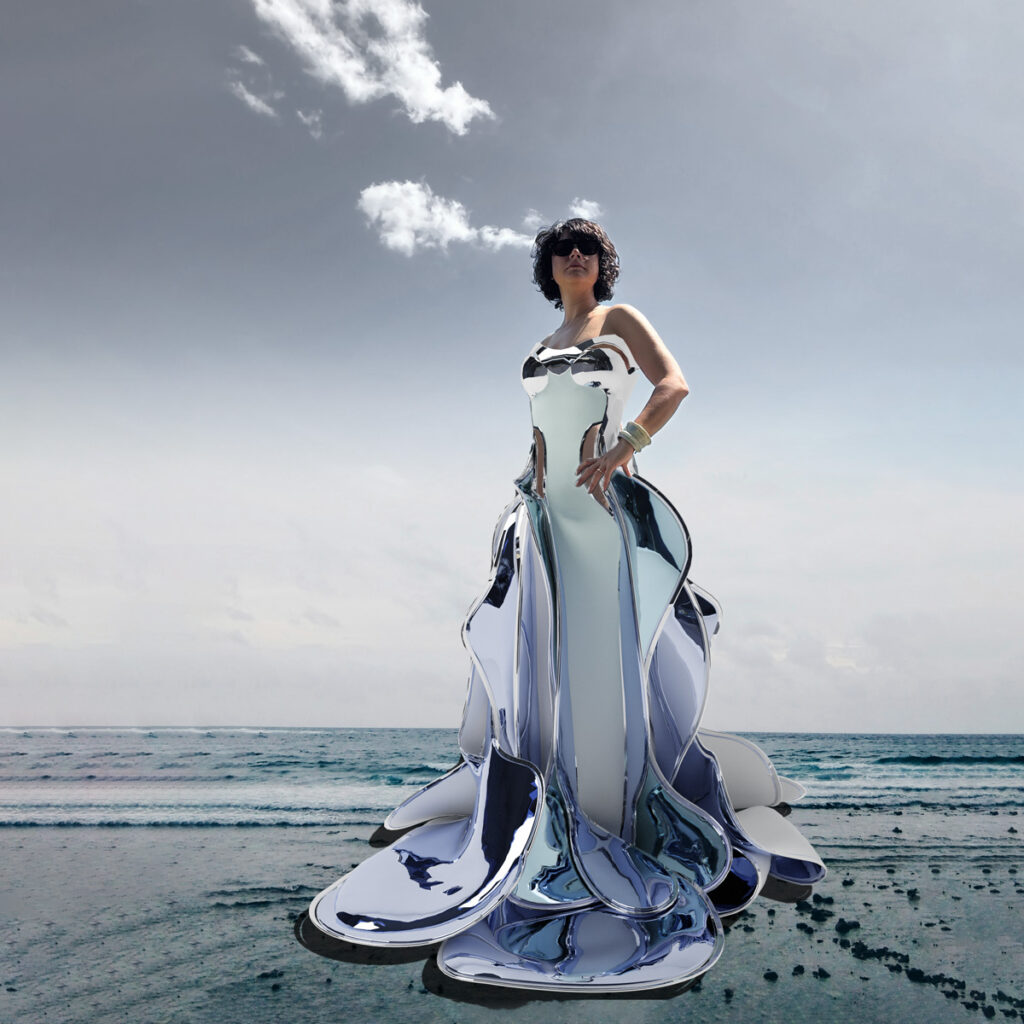
In conclusion, AI, immersive technologies and Web3 are changing the future of luxury retail. Even with these advancements, we must not forget that luxury is a domain where human touch is crucial. It involves personal relationships, outstanding service and establishing a feeling of exclusiveness.
The key is finding harmony between technological novelty and human touch. Luxury brands that utilize technology for improving customer experience, yet keep their essence rooted in human interaction, are the ones destined to flourish in forthcoming years.
To sum up, the coming days in luxury retail will be about experiences. If luxury brands use AI, immersive tech and Web 3 to make unique personal moments, they can match with today’s demanding clients. But still, we must keep focus on human bond. The future of luxury lies in the harmonious marriage of technology and tradition.